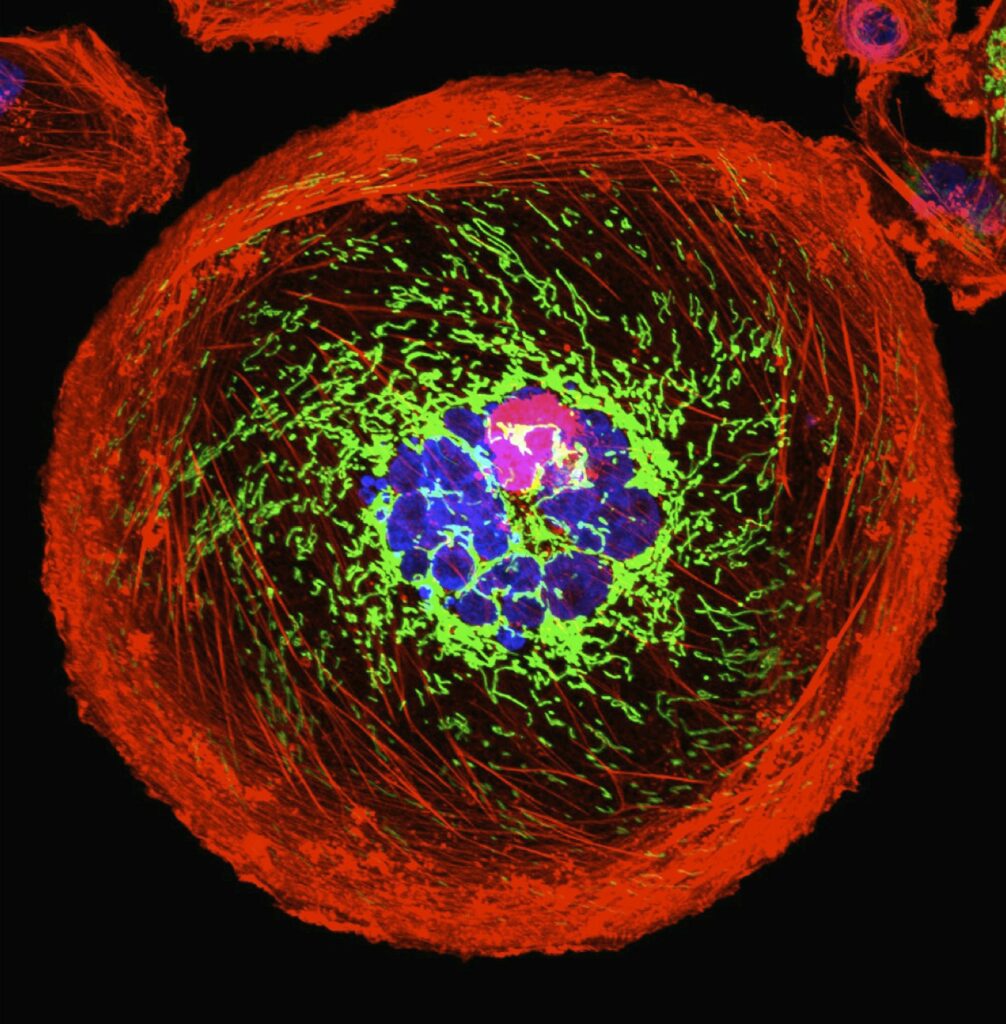Insider Brief
- SandboxAQ announced a collaboration with NVIDIA to predict chemical reactions for drug discovery, battery design, green energy, among other use cases.
- SandboxAQ will leverage NVIDIA quantum platforms to directly simulate the quantum mechanics.
- Critical Quote: “Simulation is one of the most promising future technological applications, and it’s already leaving its mark today. Thanks to rapid advances in GPU hardware and quantum information science, we’re finally able to harness AI for more specialized applications that will have a profound impact on our world.” — Eric Schmidt, Chairman of SandboxAQ
PRESS RELEASE — SandboxAQ announced a collaboration with NVIDIA to predict chemical reactions for drug discovery, battery design, green energy, and more. SandboxAQ will leverage NVIDIA quantum platforms to directly simulate the quantum mechanics underpinning modern chemistry, biology and material science using tensor networks.
“Simulation is one of the most promising future technological applications, and it’s already leaving its mark today. Thanks to rapid advances in GPU hardware and quantum information science, we’re finally able to harness AI for more specialized applications that will have a profound impact on our world,” said Eric Schmidt, Chairman of SandboxAQ. “SandboxAQ’s AI simulation capabilities, augmented with NVIDIA accelerated computing and quantum platforms, will help enable the creation of new materials and chemical compounds that will transform industries and address some of the world’s biggest challenges.”
“Simulation will drive a new wave of GPU use, powering previously unattainable insights about our physical world that go beyond what extractive or generative AI are capable of unlocking. Combining Simulation with advanced AI yields solutions to problems in some of the biggest addressable markets in the world, far beyond what generative AI is capable of doing alone,” said Jack D. Hidary, CEO of SandboxAQ. “This collaboration will have a significant impact on a broad range of industries such as healthcare, energy, construction, financial services and more.”
“Advances in quantum chemistry and molecular modeling require powerful accelerated computing platforms to predict complex chemical interactions that can present countless benefits to society,” said Tim Costa, director of high performance computing and quantum at NVIDIA. “NVIDIA’s collaboration with SandboxAQ will help equip scientists to make the next generation of breakthroughs in material science.”

As part of the collaboration, SandboxAQ will be providing technical recommendations on relevant NVIDIA offerings including cuTENSOR, cuTensorNet, Quantum Computing and CUDA libraries. Tensor networks are a scalable way of representing high-dimensional data and are drawing growing interest across numerous domains: machine learning and data science, financial modeling, fluid dynamics, quantum chemistry and more. SandboxAQ will use highly GPU-optimized tensor network methods run on up to 32 NVIDIA H100 Tensor Core GPUs to solve challenging problems in science and industries. SandboxAQ also plans to leverage NVIDIA cuTENSOR and NVIDIA cuQuantum software.
This work on tensor networks will complement and supercharge SandboxAQ’s existing efforts to leverage AI and Simulation towards impact in pharmaceutical development, materials science, and beyond. Specific applications of SandboxAQ AI and Simulation include protein-ligand binding computations for large-scale undruggable targets in neurodegenerative disease, novel solutions for pose and toxicity prediction, and new AI methods to predict lifecycles for next-generation batteries composed of novel materials.
For more market insights, check out our latest quantum computing news here.




















